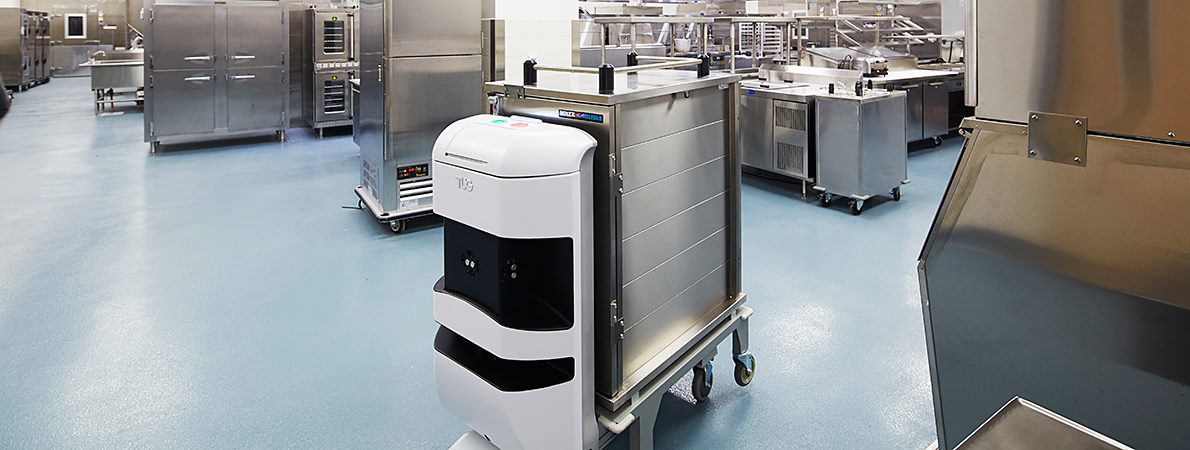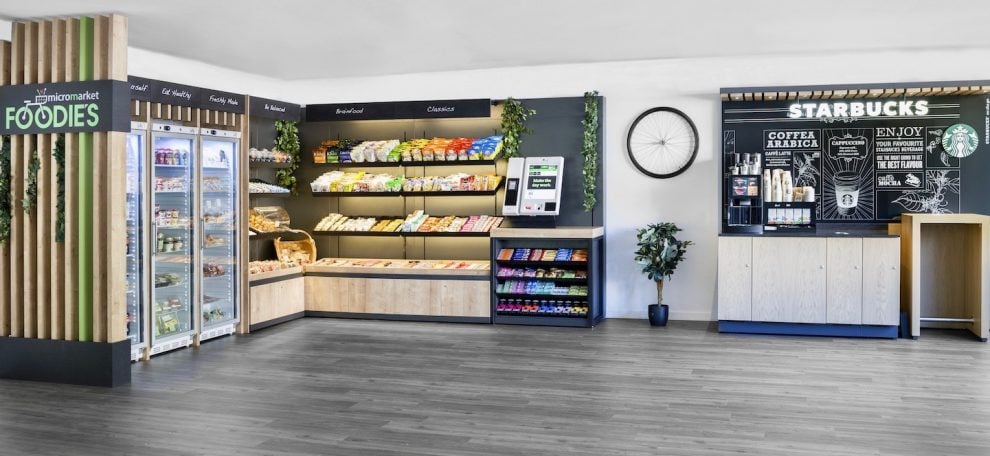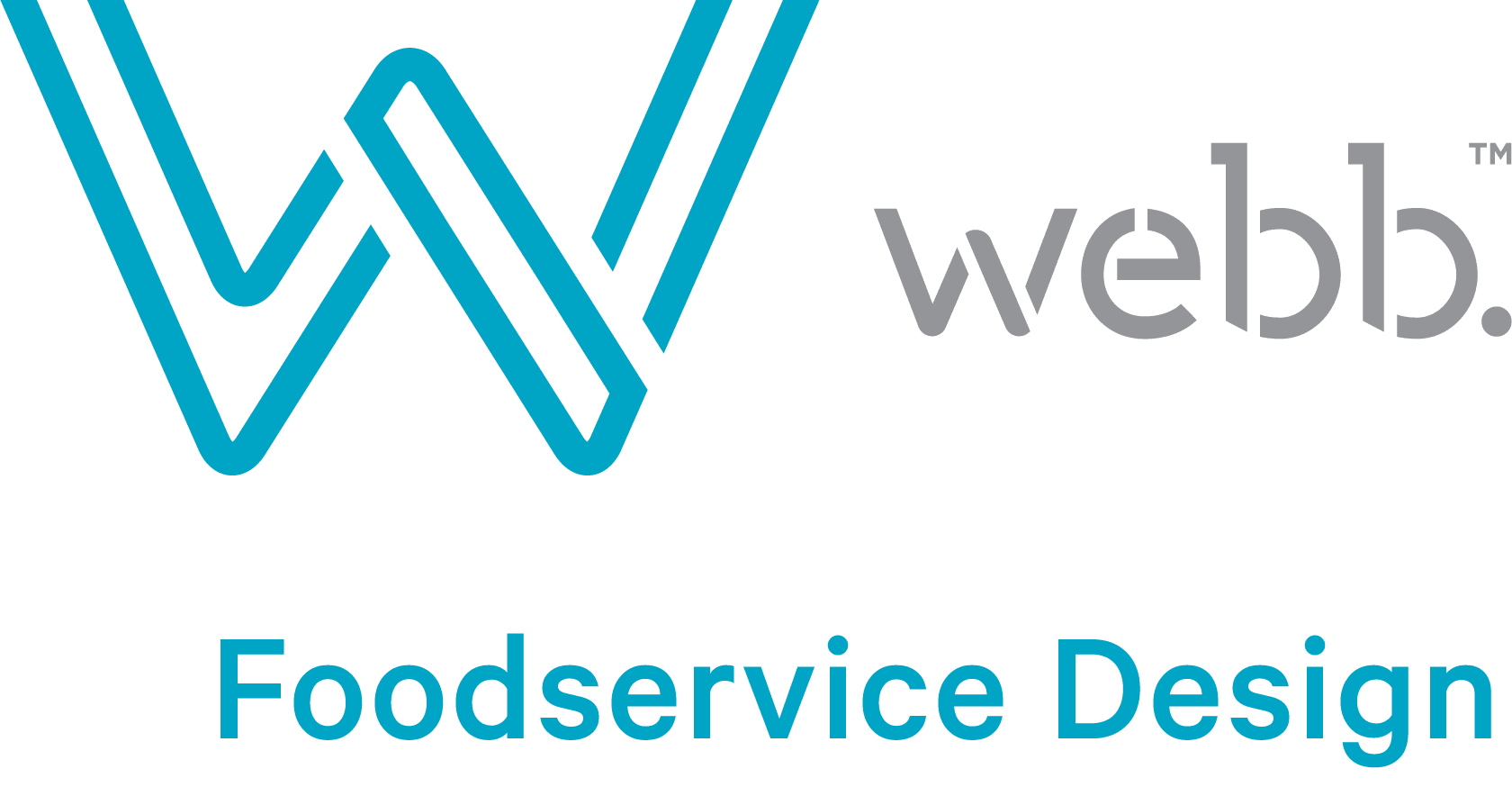BLOG
Trends in Healthcare Foodservice, Part Two: Technology
How has COVID affected healthcare foodservice?
Hi there, I’m Carri Sullens and I’m an associate principal here at Webb Foodservice Design in Anaheim, California. With the pandemic continuing onward, it’s a good time to take a moment and reflect on how healthcare foodservice has changed in the last 12 months. We hope to showcase the most prominent trends in the hopes that you can discover how new ideas can be put into practice in your own operations.
As foodservice project planners, we’ve been watching several trends that have been on the rise during the pandemic in terms of food safety and of the way that your operations are changing.
As foodservice project planners, we’ve been watching several trends that have been on the rise during the pandemic in terms of food safety and of the way that your operations are changing.
Robotics
At Webb, we’re working on a couple of projects right now utilizing a TUG system, which is a robot that takes the patient-feeding meal carts from the kitchen to the patient room without the need of any labor. They open doors, they call elevators, they’re cool little devices. And they bring the food all the way up to the patient floor where a foodservice operator will be waiting to manually take the trays out and present them to the patients. It’s an interesting solution to the labor shortage right now.
It’s important to plan for these TUGs when you are designing the kitchen from scratch, because they need docking stations. Those docking stations really want to be within the kitchen, which can take a little bit of space. Also, there’s the wall monitor: a touchscreen where you can watch the TUG in real-time and see exactly where it’s going. If it gets held up in any way, you’ll be notified via the monitor, so that also has to be strategically placed, in addition to the computer and some other odds and ends that are part of the system, each of which have to be planned in initially because that space is typically in addition to what you need to operate the kitchen.
Another interesting thing about TUGs in healthcare is they can provide services to other areas of the hospital, including supporting pharmacy and providing for the movement of clean and soiled linen. So they’re shared among departments. Because those other departments are not as time-sensitive as food transport, it’s important for there to be at least a few charging stations, depending on the size of the facility, within the kitchen so that they’re accessible at all times because food safety is such an issue.
We'd love to get to know you
Fill out the form below to stay in touch
What’s important to understand is that the TUG itself does not transport the food or the linen, it just transports a cart. And the carts are all enclosed so the TUG itself is considered clean, it’s never considered soiled. The carts that it’s transporting would be either clean or soiled carts depending on what they’re doing or what they are transporting.
Food Lockers
One trend that we saw prior to the pandemic that has even gotten stronger during the last year is the need for food lockers, which are usually stationed in the café between the back-of-house and the front-of-house. Customers will order on a phone app or on a self-serve kiosk and then will be notified when the food is ready. They’ll be able to unlock the locker with their cell phone and then pick up their food and go. It’s a totally touch-free system, and we’ve seen a huge trend towards that in the last year. In terms of food safety, it’s really great. In terms of the labor storage that healthcare providers and operators are experiencing, this is a great way to cut down on the front-of-house staff that you have in a traditional cafeteria.
There are a variety of food lockers. They can be a simple as just a piece of millwork shelving – you might see this in Panera Bread pick-up – or they can be a pretty complicated unit that can be either ambient or heated. Some manufacturers provide a chilling option for the locker, which never really made a lot of sense to me, because if you’re ordering a burger and you want a salad then the burger and salad are two different temperatures, so essentially they would have to be split. That’s something we’d have to work through with an operator when we’re designing these into a project. A lot of times it makes sense to opt for an ambient case, because when you’re notified on your phone that your food’s ready, typically the customer is going to go directly to the food locker and pick it up within a matter of 10-15 minutes, so the temperature lost to the food isn’t really an issue.
Contactless Payment
Contactless payment has been a really huge trend even before the pandemic, but especially as a result of COVID. It’s a contactless, no-touch way to order and pay for your food. Guests will go up to a kiosk, which can be anywhere in the hospital. Often there are several in the café, but it could be in the emergency department or on the patient floors. You can use a touchpad to order and pay for your meals, after which you’re notified when to go pick them up. And you’ll often pick them up from a food locker.
Thanks for reading! Stay tuned: in part three of the series, I explore the importance of flexibility as we move past the pandemic. If you’ve enjoyed this series, don’t forget to subscribe to our blog feed to make sure you don’t miss out on any content that we produce here at Webb!





